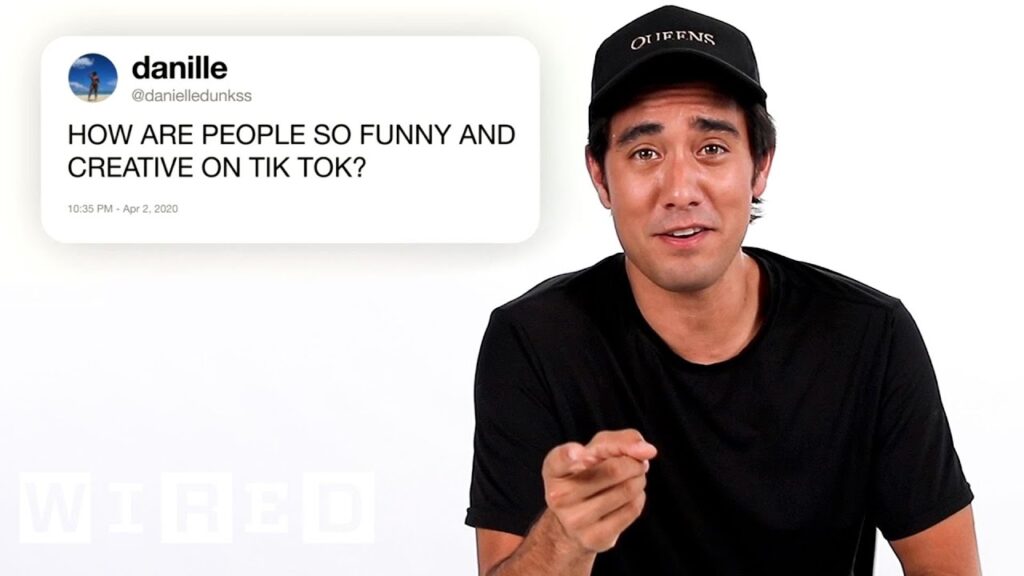FIFA 22’s New Technology: Hyper Motion
Summary
In this article, we explore the new technology introduced in FIFA 22 called Hyper Motion, which captures real football match animations using machine learning to create a more realistic gameplay experience.
Table of Contents
- The Evolution of FIFA Games
- Introducing Hyper Motion
- Realistic Animations and Aesthetic Changes
- Women’s Football and Other Applications
- Conclusion
The Evolution of FIFA Games
The first FIFA game was released in 1993, and it featured an isometric view. Until 1998, the animation was based on individual frames of animation hand-keyed by animators. In 1998, French football player David Ginola acted out motion capture for the game, and the first polygonal, or 3D, virtual football players were created. Over the years, more polygon lines were added, making the players look more lifelike. From FIFA 2000, designers sought to give players real emotions, and the facial modelling was a work in progress. The PS3 was a huge milestone for FIFA 2008, and the hardware had about 10 times the processing speed of previous consoles.
Introducing Hyper Motion
Hyper Motion is a new technology introduced in FIFA 22 that captures data from professional footballers’ movements and feeds it into an algorithm to create realistic animations. The system takes into account nuances in players’ acceleration and dribbling styles, making the game more varied and less predictable. Animators have also added more personality to the game, with players turning more quickly and planting their feet on the ground.
Realistic Animations and Aesthetic Changes
Thanks to Hyper Motion, FIFA 22 looks more like real football than ever before. The game features aesthetic changes such as grass flying off the pitch and exaggerated shadows. To avoid the uncanny valley effect, animators stylize the game, exaggerating certain aspects to make them feel right.
Women’s Football and Other Applications
FIFA 22 also features women’s football, with signature run styles for star female players. The technology used in Hyper Motion could also benefit other industries, such as film, where natural movement is desired.
Conclusion
Hyper Motion is a groundbreaking technology that has revolutionized the FIFA gaming experience. With its ability to capture real football match animations and create realistic gameplay, it has set a new standard for sports video games. The technology’s potential to benefit other industries such as film is also exciting, and we look forward to seeing what the future holds for Hyper Motion.






